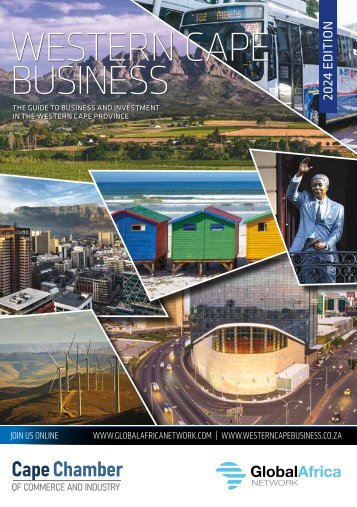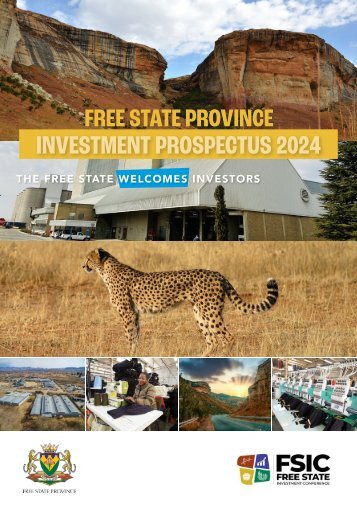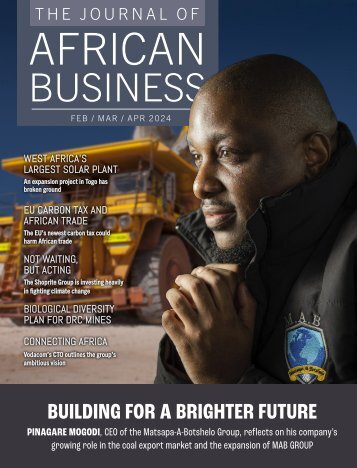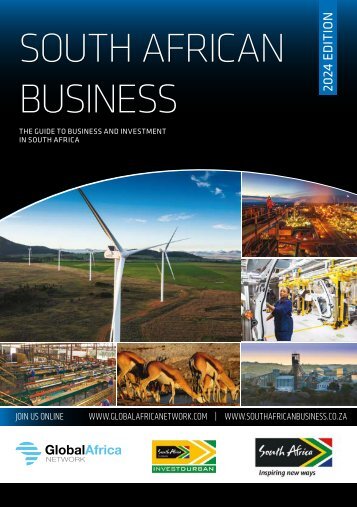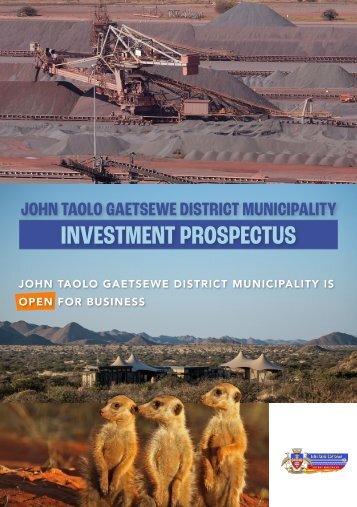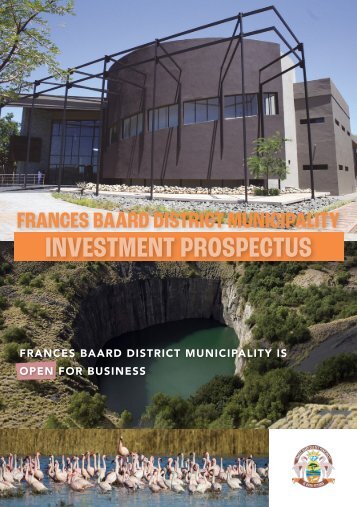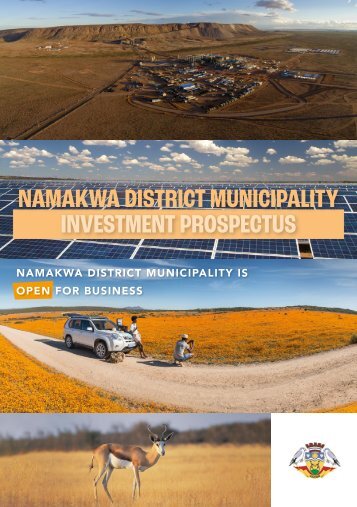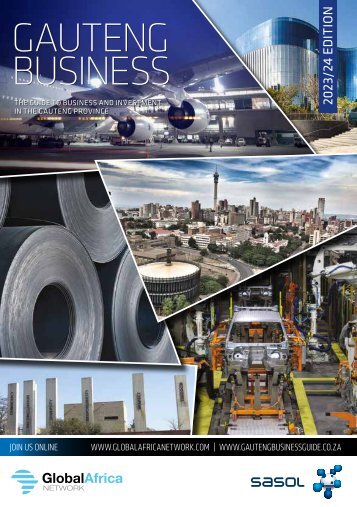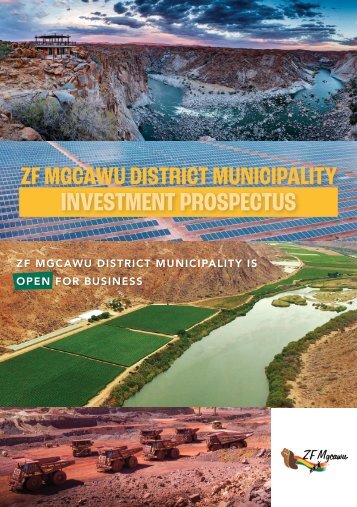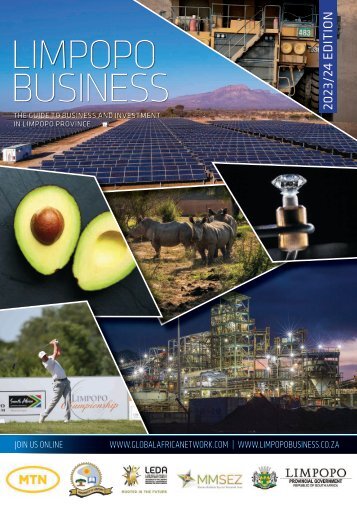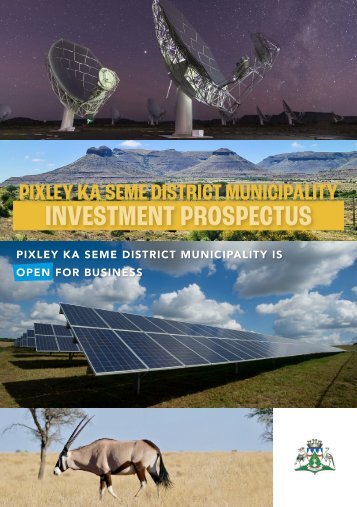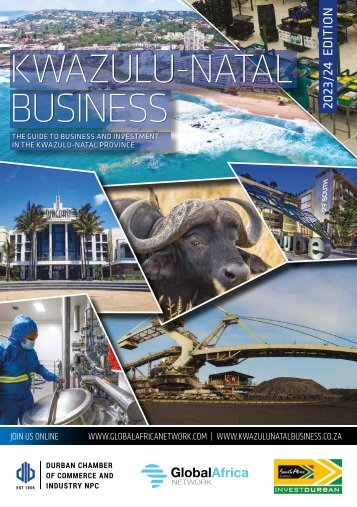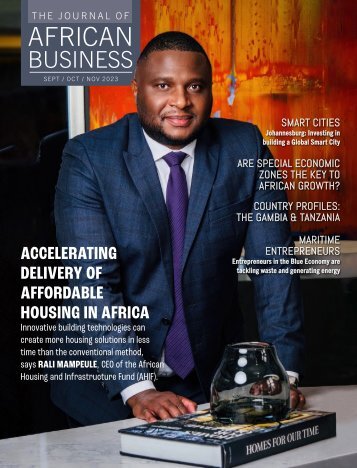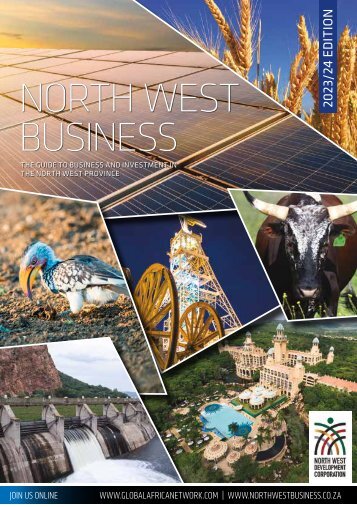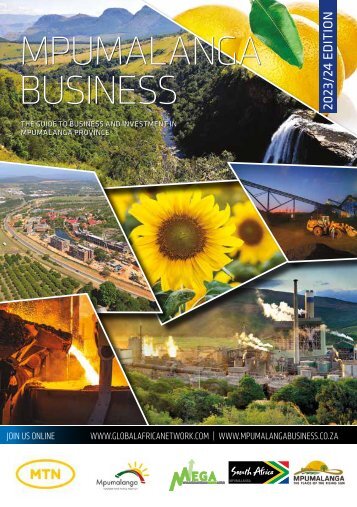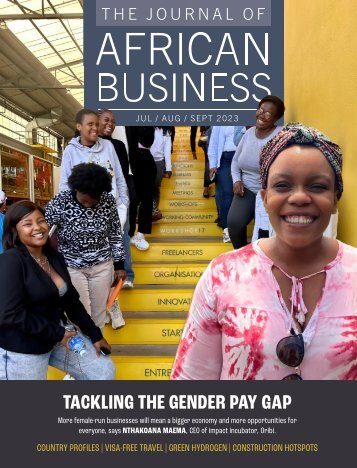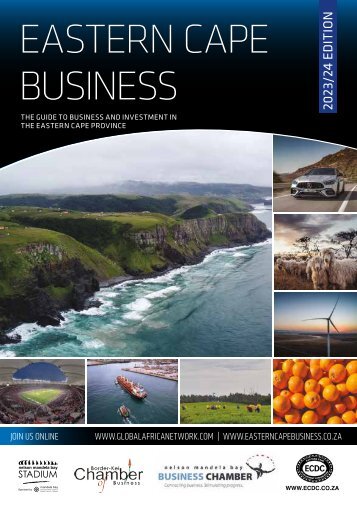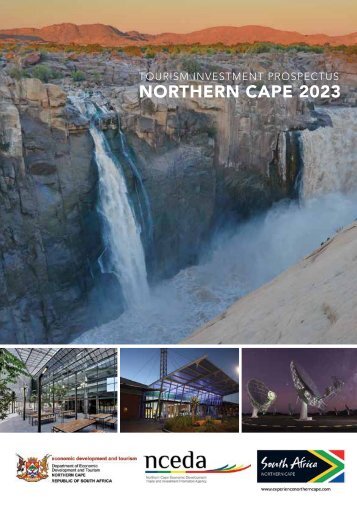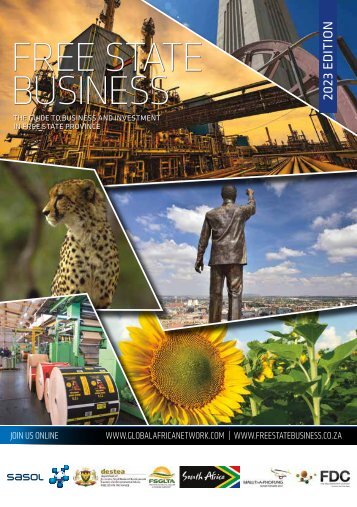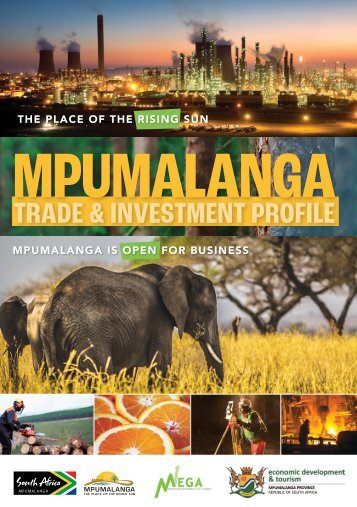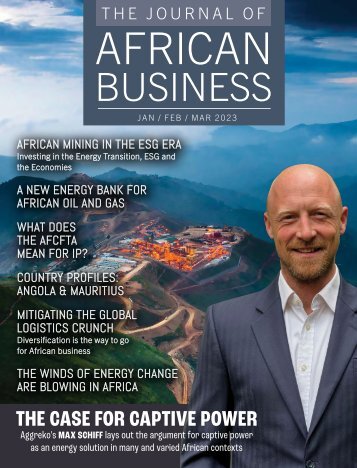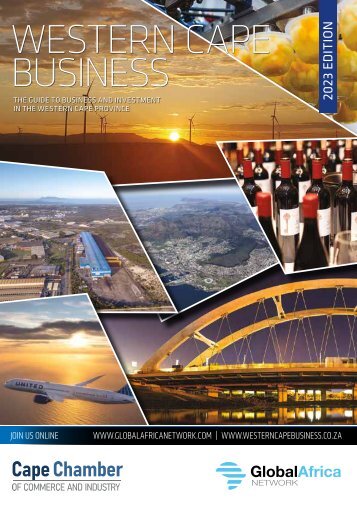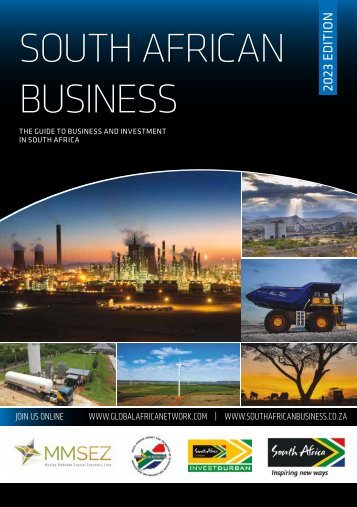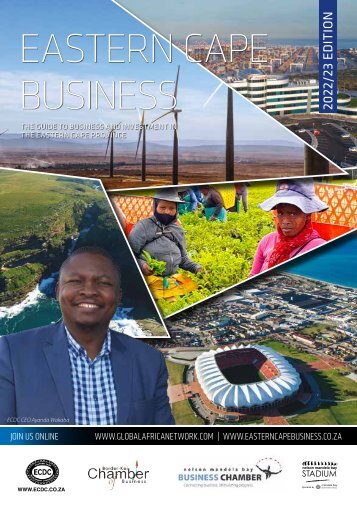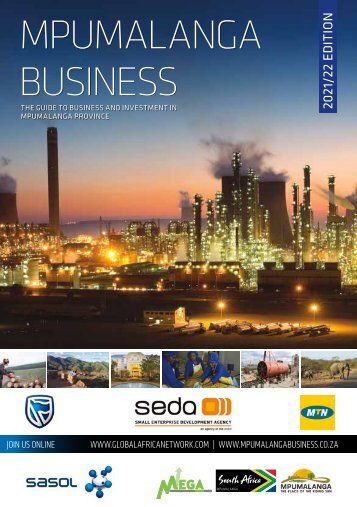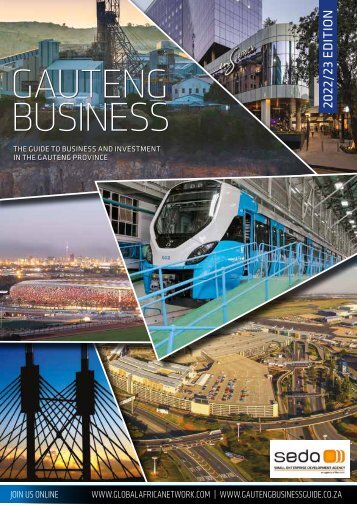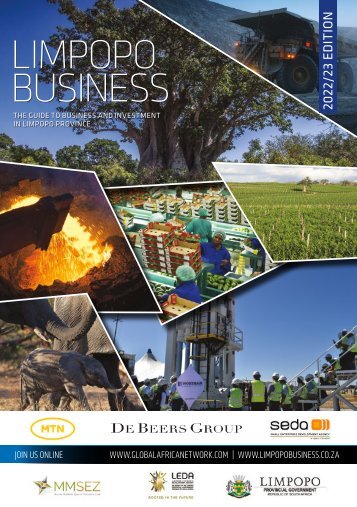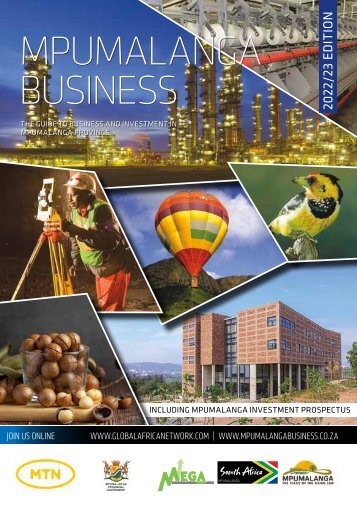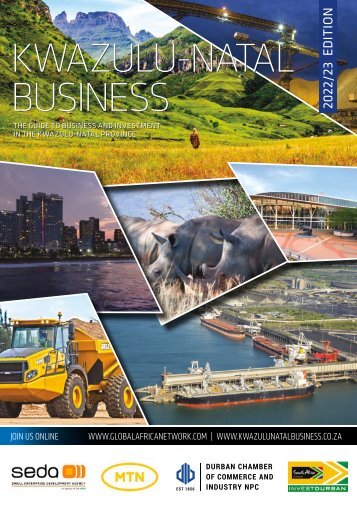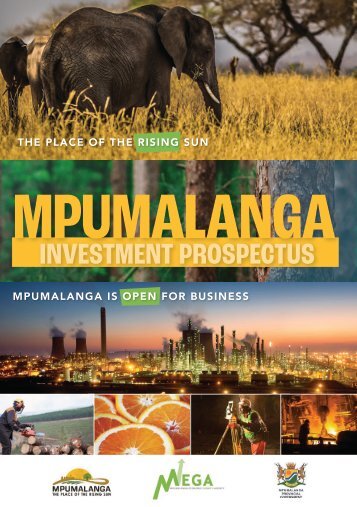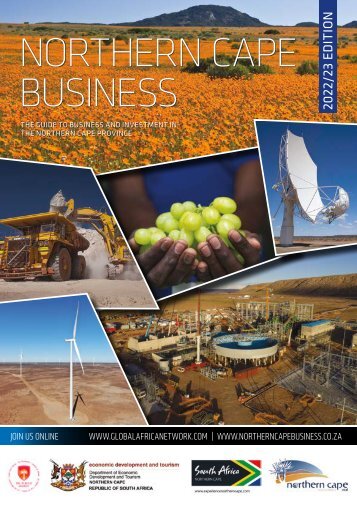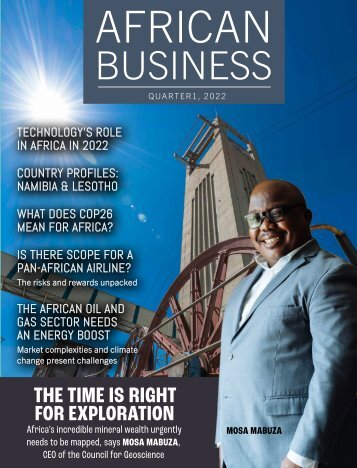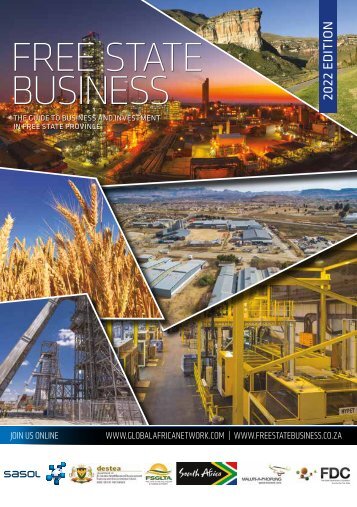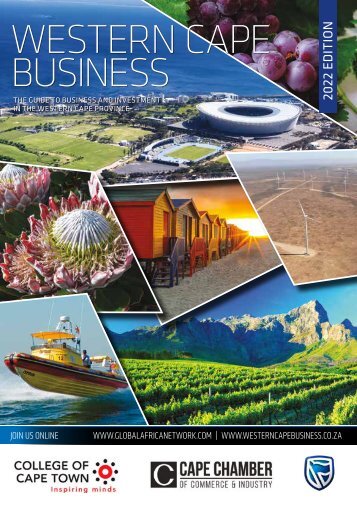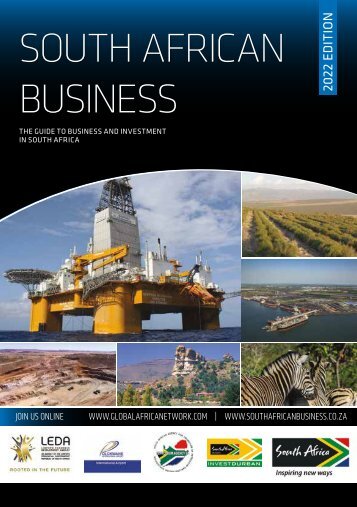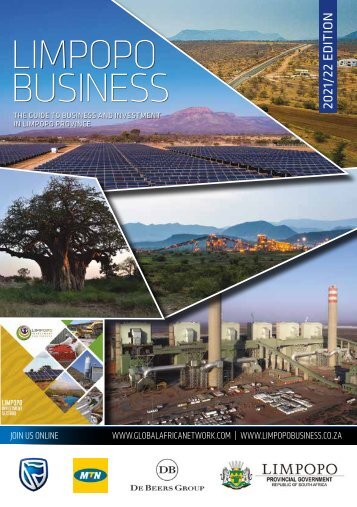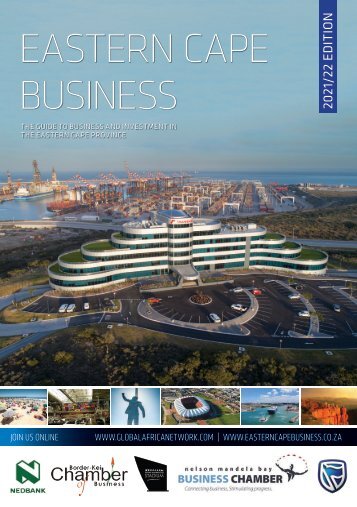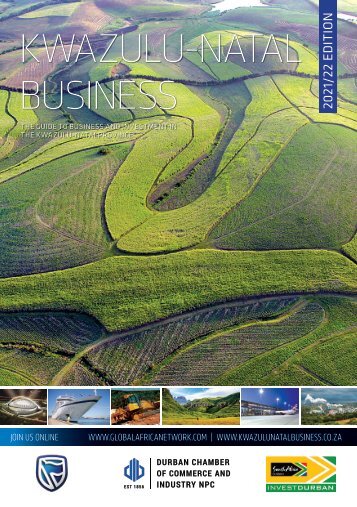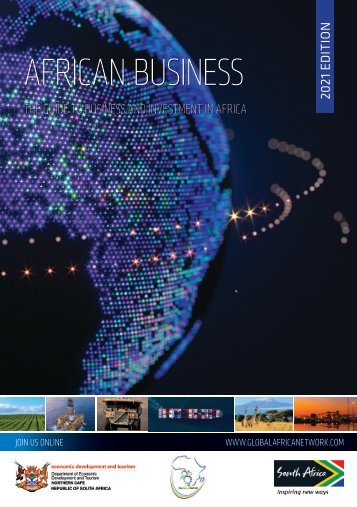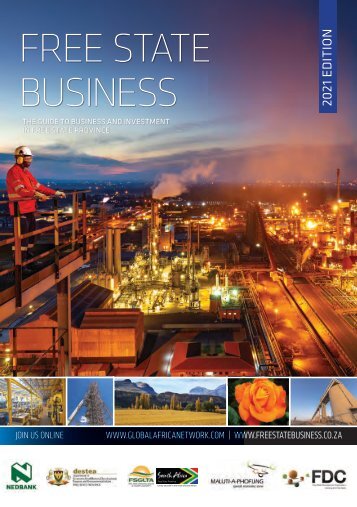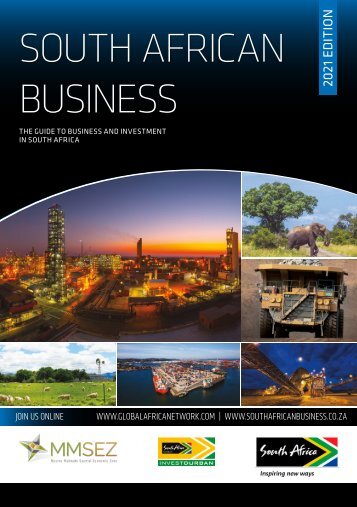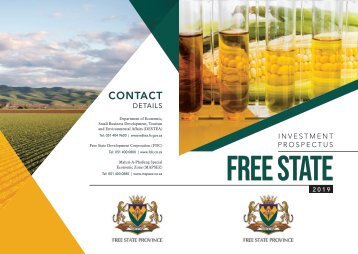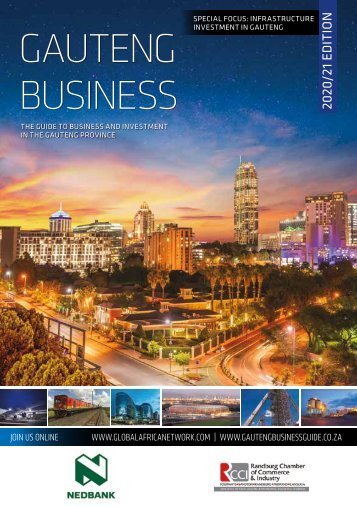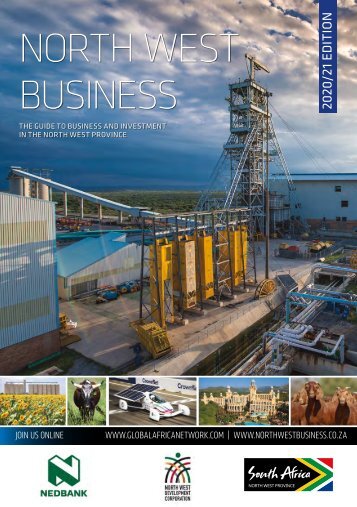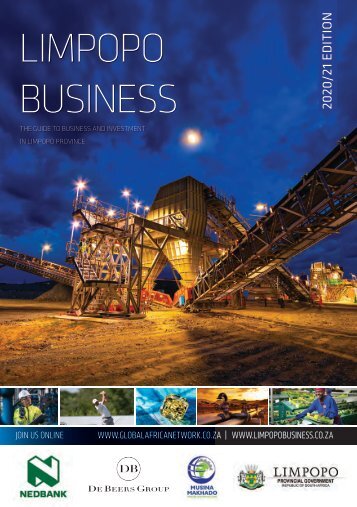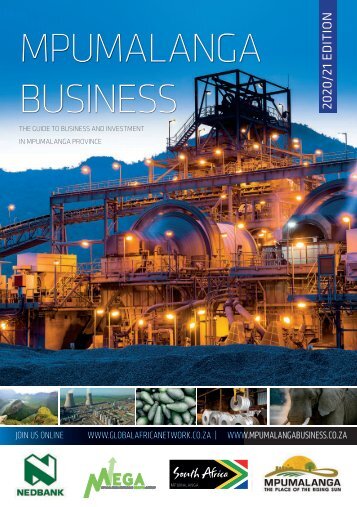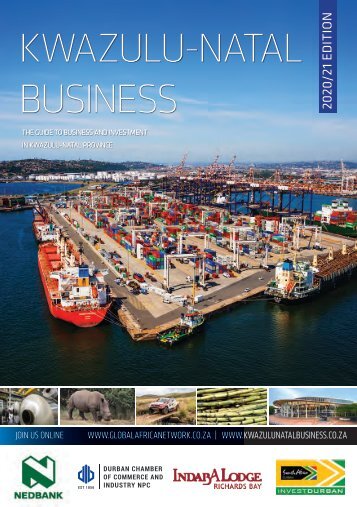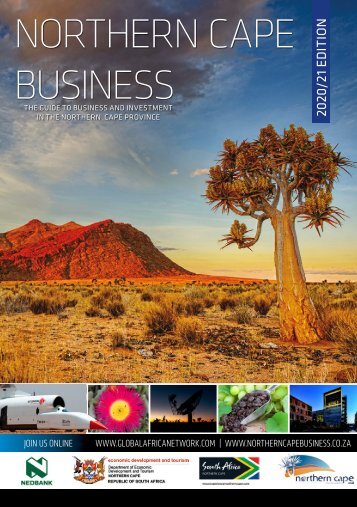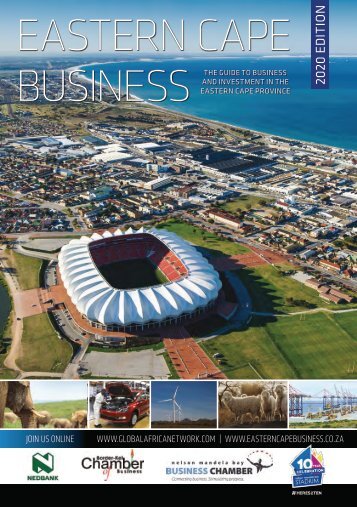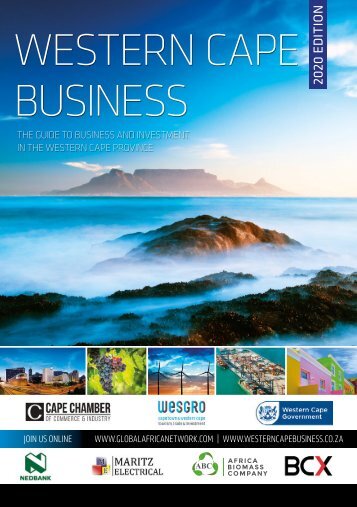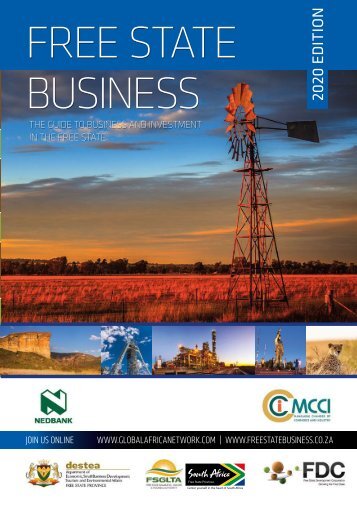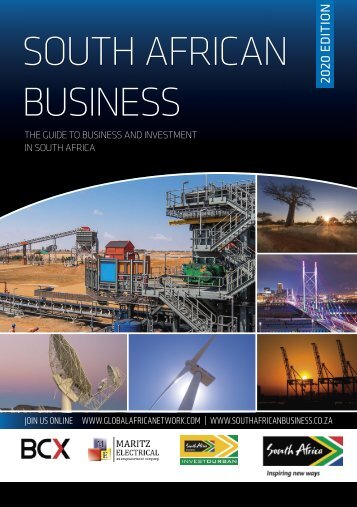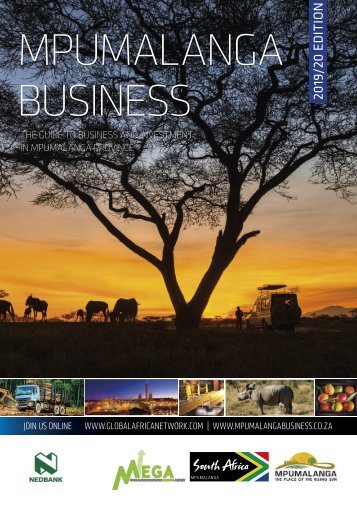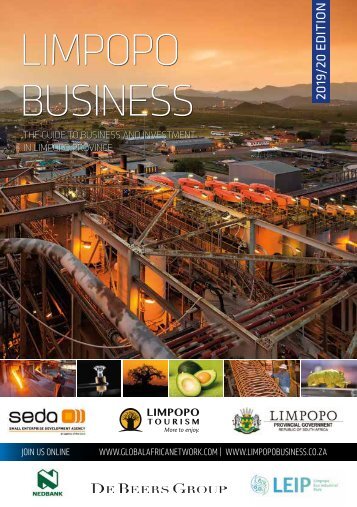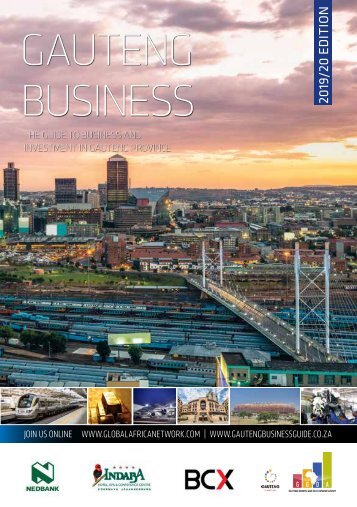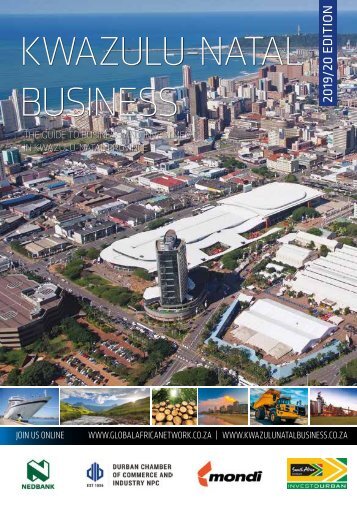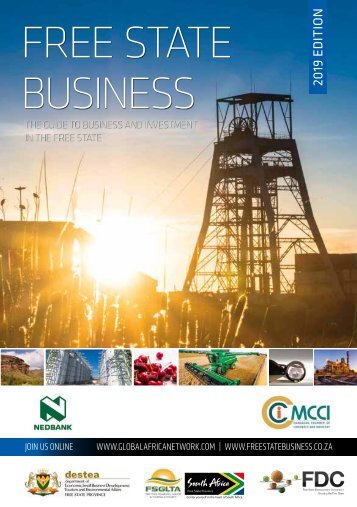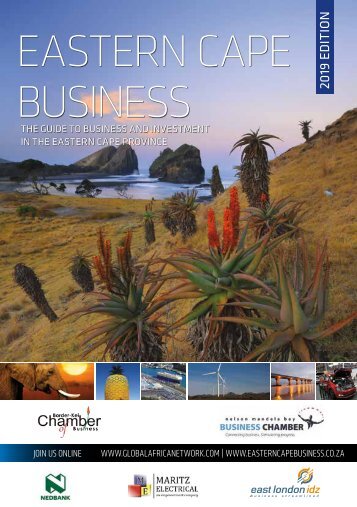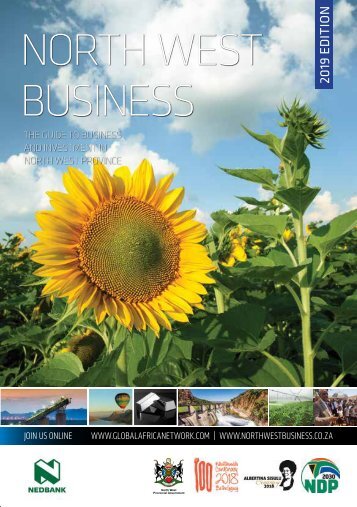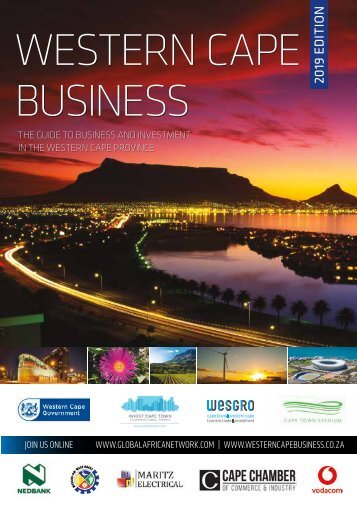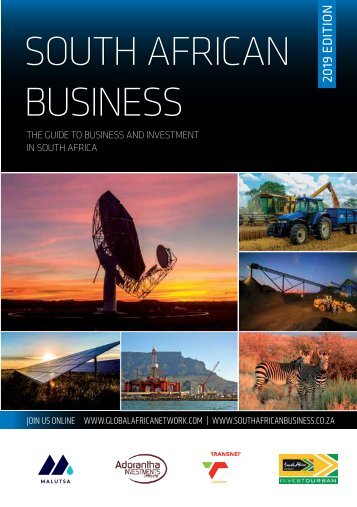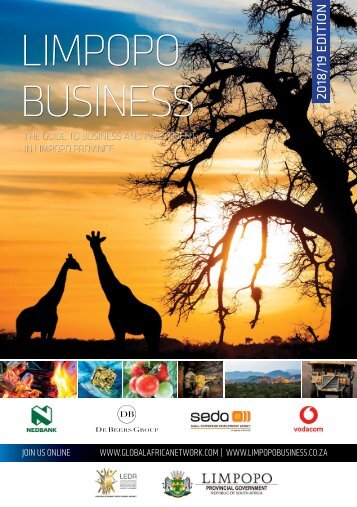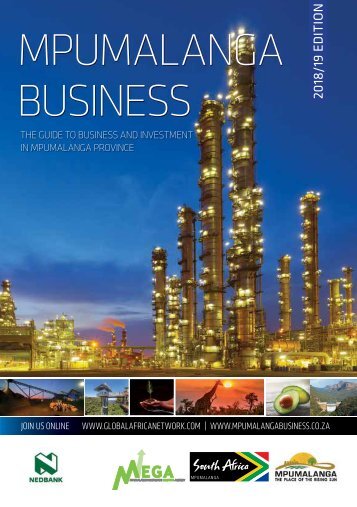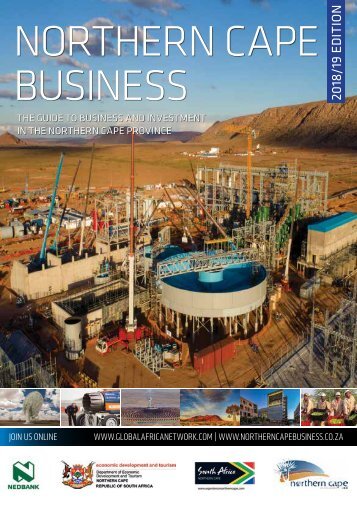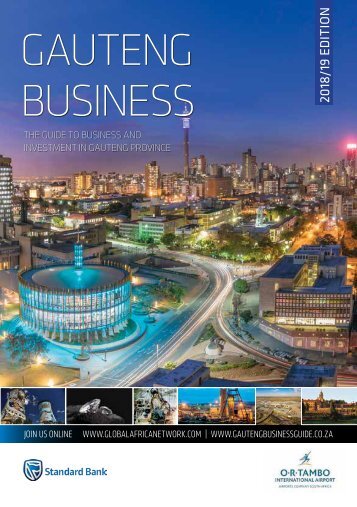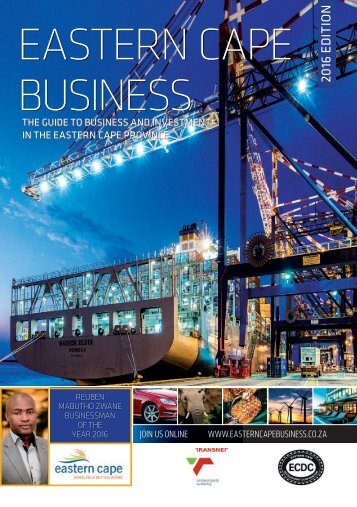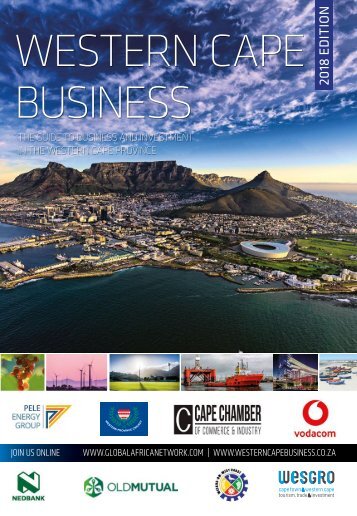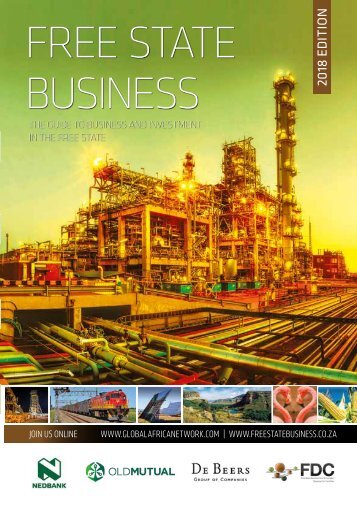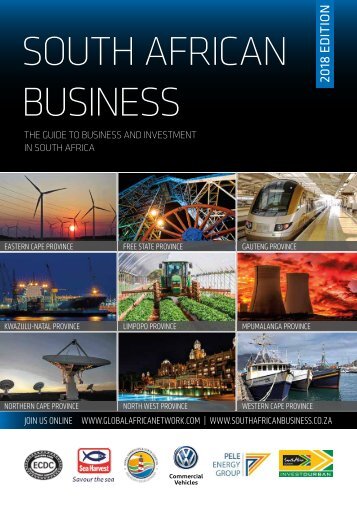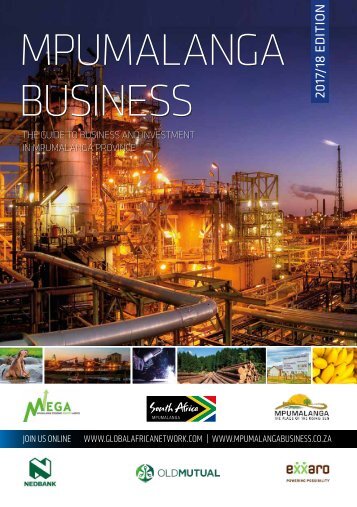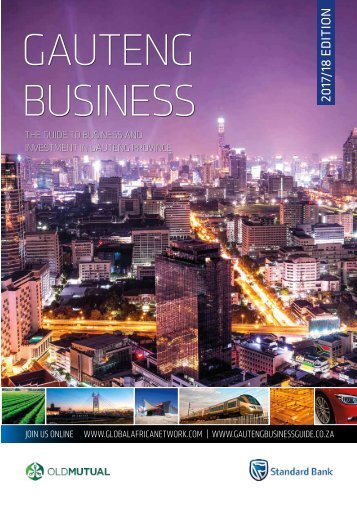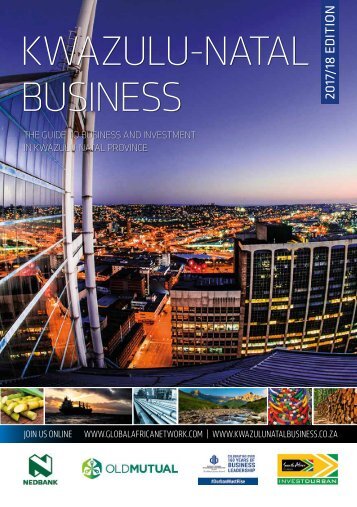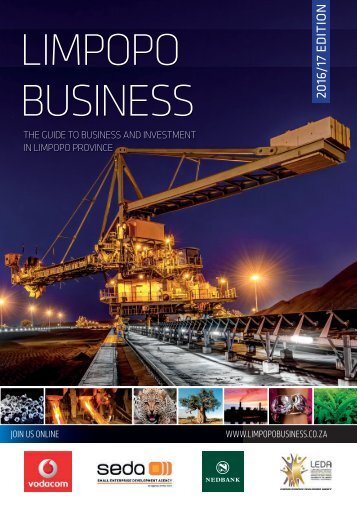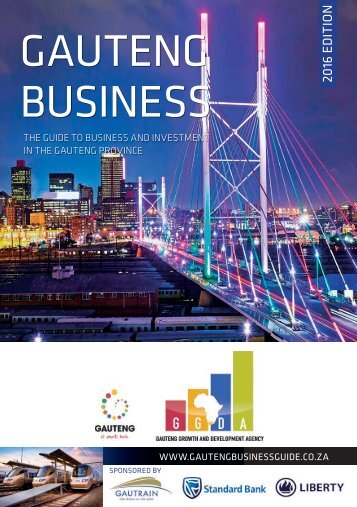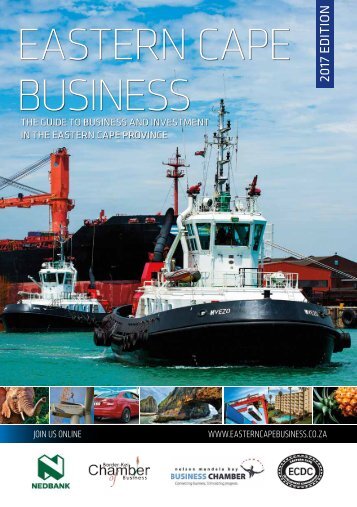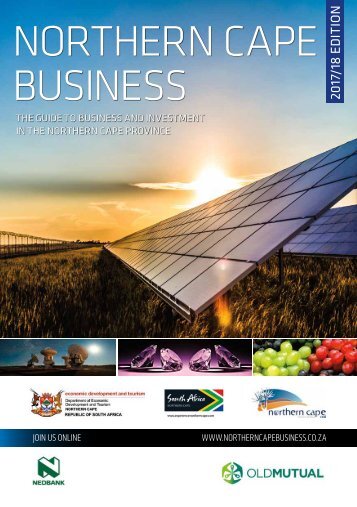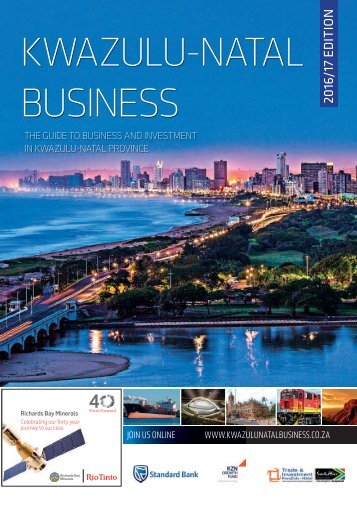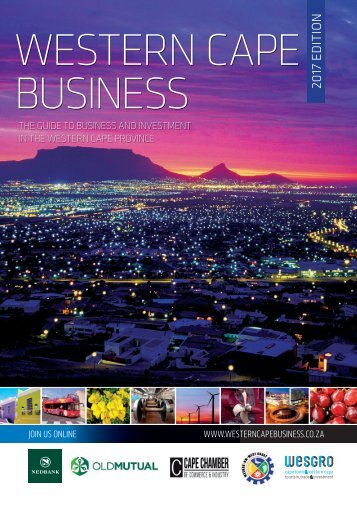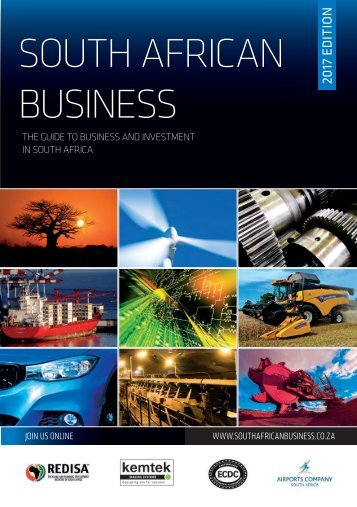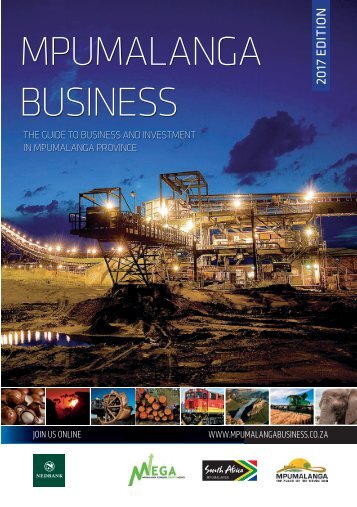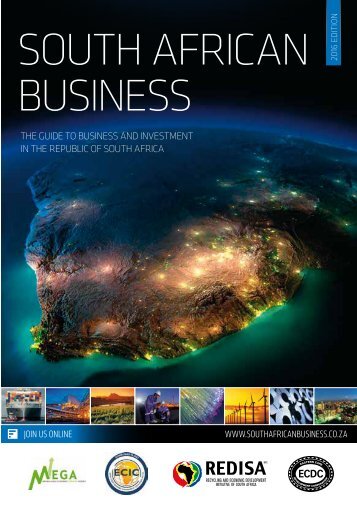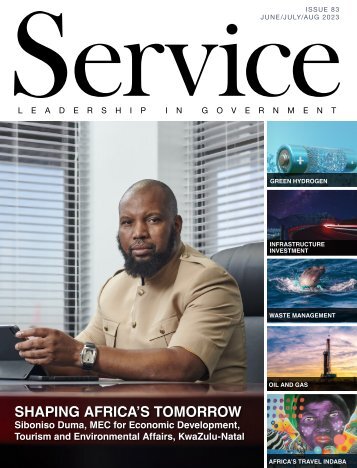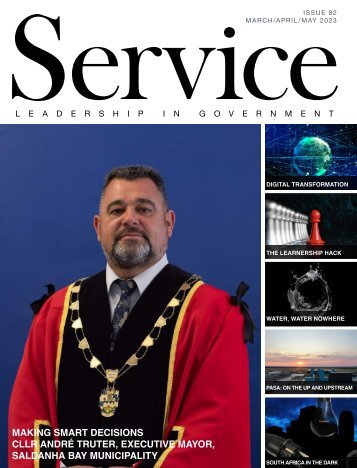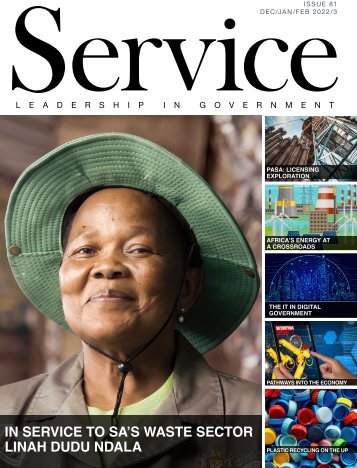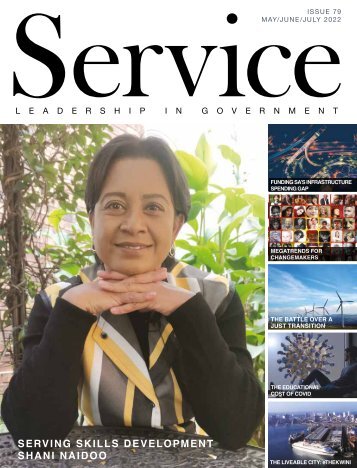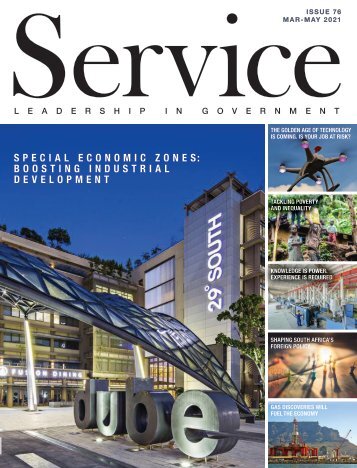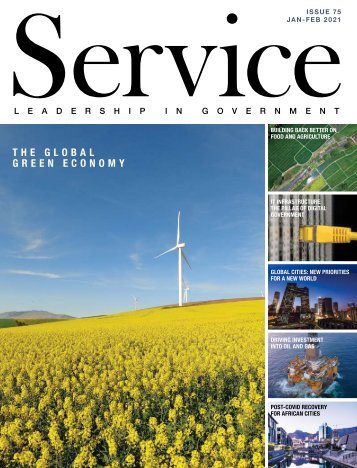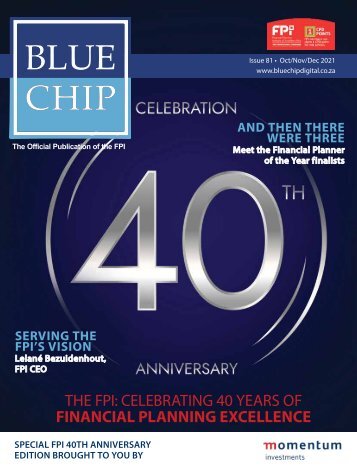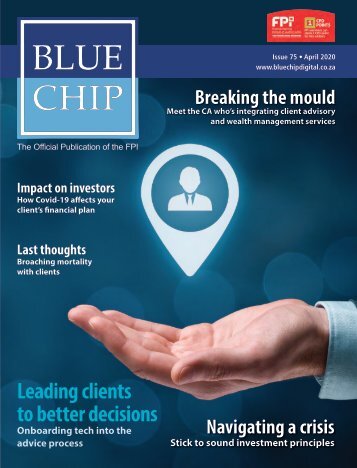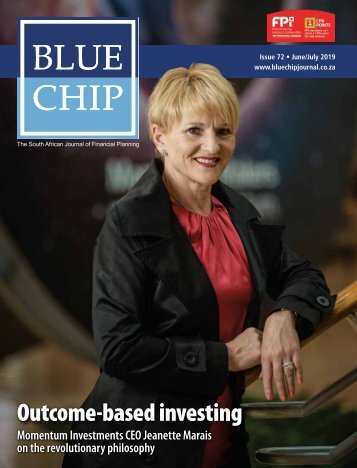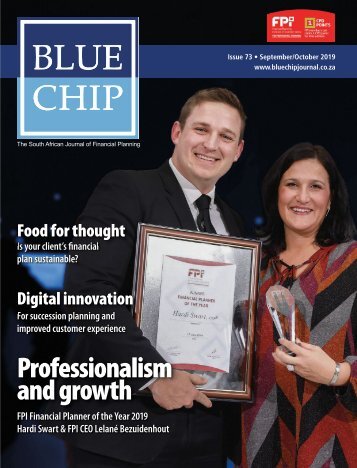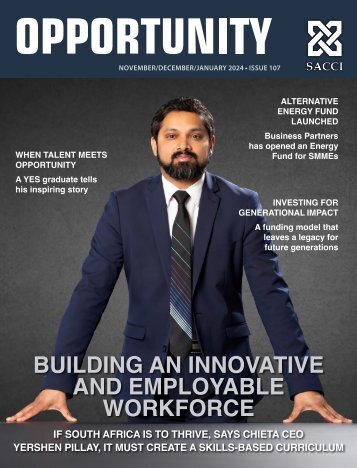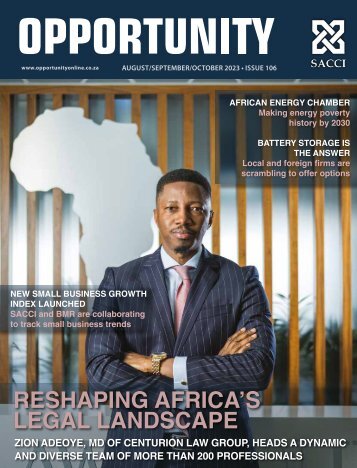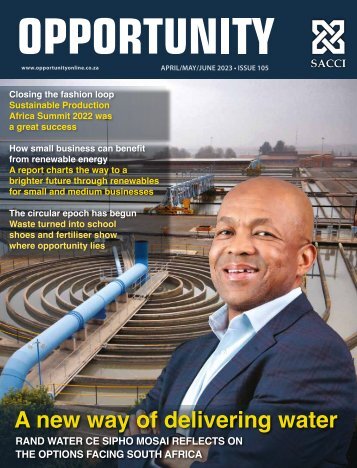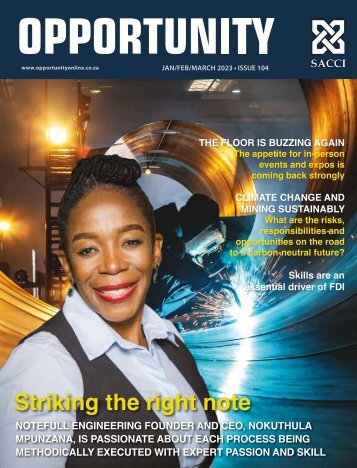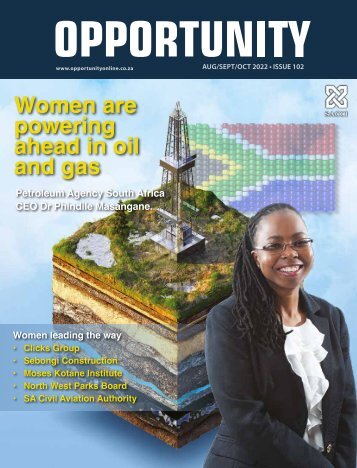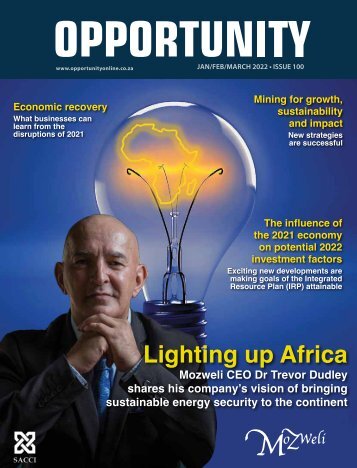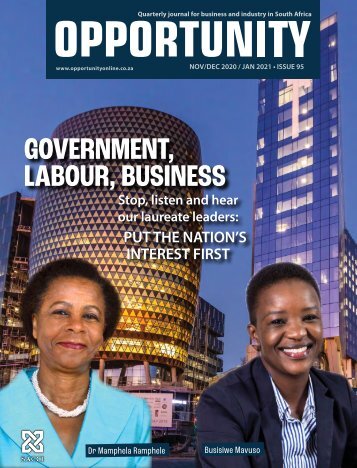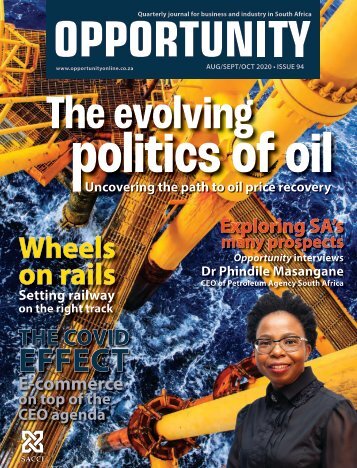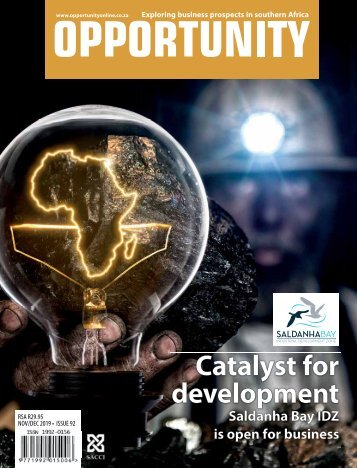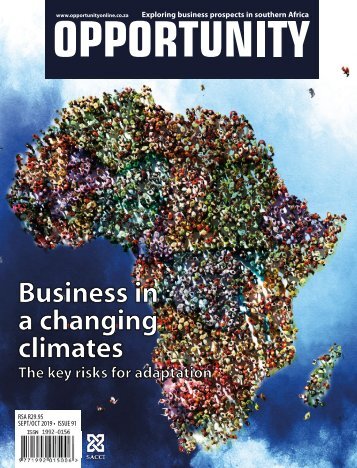South African Business 2021
- Text
- Engineering
- Construction
- Transportation
- Invest
- Provincial
- Maritime
- Investment
- Business
- Government
- Africa
- Africa
- Logistics
- Programme
- Economy
- Mining
- Manufacturing
- Cape
- Infrastructure
- Sector
- Economic
OVERVIEW Water
OVERVIEW Water Infrastructure spending will have to be consistently high. SECTOR INSIGHT The National Cleaner Production Centre South Africa is finding ways to use less water. Amatola Water. The National Department of Water and Sanitation has released a master plan in response to the severe droughts that have affected the country in recent years. It calls for annual investment for a decade of R3.3-billion in infrastructure to achieve water security. This is a figure that can only be achieved with the help of the private sector. In 2030 South African demand for water will be 17% greater than supply. That is the verdict of the 2030 Water Resources Group, an international consortium of private companies, agencies and development banks that has established a South African chapter, the Strategic Water Partners Network. The National Cleaner Production Centre South Africa (NCPC) is the technical partner for the water use part of Phase 2 of the Strategic Water Sector Cooperation between the governments of Denmark and South Africa. NCPC, which runs the Industrial Water Efficiency project, has found that more efficient use of energy (a key focus area of its work) has also led to less water being used in production processes. A strategic review led Aveng to dispose of Aveng Water and Aveng Namibia Water in June 2019, together with a range of other businesses deemed to be non-core. The buyer was Infinity Partners, a 100% black-owned company jointly held by investor E-Squared Investments and Suzie Nkambule, who was the MD of Aveng Water up until the time it was sold. Another sale in 2019 resulted in Inzalo Capital Holdings taking a 60% stake in the water group of Sebata Group Holdings. The two companies affected are USC Metering and Amanzi Meters which, as a result of the transaction, qualify as “Black Industrialist” businesses in terms of the Black Industrialist Policy (BIP) of the Department of Trade, Industry and Competition (dtic). The Western Cape, which bore the brunt of a fierce drought for several years, fares well in terms of providing water infrastructure and maintaining its wastewater treatments plants. The Western Cape Department of Agriculture has launched a climate action plan called Smart Agri which includes doing studies on conservation agriculture. When the long-term drought was at its worst, tourists to Cape Town were encouraged to “Save like a Local”. Together with a range of technical and legislative measures, the campaign to use less water worked remarkably well. The drought also led to creative thinking by corporate South Africa. Old Mutual’s large Pinelands campus (accommodating approximately 9 000 staff members) is producing its own water by purifying wastewater. SOUTH AFRICAN BUSINESS 2021 66
OVERVIEW Technology and innovation A plant that makes water from air was launched in 2019. Aqua Air Africa has established an atmospheric water-generation plant at Ga-Rankuwa near Pretoria and is producing about 10 000 litres per day through a process that involves the condensation of water vapour into liquid. Simpler technology is giving the pupils at a school in Limpopo access to drinking water. Students from the University of Pretoria’s Department of Geography, Geoinformatics and Meteorology have helped to build a net in the mountains where Tshiavha Primary School is located. Fog is captured by a big net and channelled into tanks by a gutter running along the bottom of the net. About 2 500 litres of water is captured per day which means that there is enough to share among the villagers. A new kind of water filtration system has been pioneered by a water entrepreneur from the same province, a system which puts macadamia nut shells to use. The brainchild of Murendeni Mafumo, the idea was first put into action in 2018 and has been used in schools and rural communities by Kusini Water. Powered by solar power, the purification system uses a carbon filter that is made from macadamia nut shells. The province of KwaZulu-Natal is taking a lead in desalination technology. Richards Bay has installed a 10-container desalination plant next to the municipal water treatment plant at Alkanstrand. The first mobile sea water purification unit in South Africa, it comprises 10 containers and is located adjacent to the water treatment plant at Alkantstrand. It can deliver 10 megalitres of drinking water. In 2018 JG Afrika and technology partner NuWater delivered a R72-million desalination plant to South32’s Hillside aluminium smelter in the same town. In an attempt to reduce the amount of water sucked up by alien plants, Coca-Cola aims to recover nearly three-billion litres ONLINE RESOURCES National Cleaner Production Centre South Africa: www.ncpc.co.za National Department of Water and Sanitation: www.dwa.gov.za South African Water Research Commission: www.wrc.org.za Water Institute of South Africa: www.wisa.org.za of water through the removal of invasive plants. Supplying water to households and businesses has often been a task beyond the capabilities of some of South Africa’s municipalities. The Municipal Infrastructure Support Agency (MISA) falls under the National Department for Cooperative Governance and Traditional Affairs and will assist municipalities to plan for, provide and maintain infrastructure. The first action of MISA was to commission 81 engineers and town planners to get to work in areas that need the most help. Another response to the municipal problem is a new national strategy which gives a bigger role to wellresourced water boards such as Umgeni Water and Sedibeng Water. In terms of the National Water Resource Strategy, catchment area management agencies have been established to oversee water resource management on a regional basis. The Imkomati-Usuthu Catchment Management Agency covers Mpumalanga, parts of Limpopo and part of the Kingdom of Swaziland. Another example of a CMA is the Breede-Gouritz Catchment Management Agency in the Western Cape. ■ 67 SOUTH AFRICAN BUSINESS 2021
- Page 1 and 2:
SOUTH AFRICAN BUSINESS 2021 EDITION
- Page 3 and 4:
0 0 11 1 0 1 0 11 0 0 11 1 0 1 0 11
- Page 5 and 6:
The CDC’s Infrastructure Project
- Page 7 and 8:
SABS_SA-Bus.Journal_09/2020 SABS -
- Page 9 and 10:
FOCUS FOCUS reliability The reliabi
- Page 11 and 12:
Early engagement with the private s
- Page 13 and 14:
SPECIAL FEATURE and to remove barri
- Page 15 and 16:
10 REASONS WHY YOU SHOULD INVEST IN
- Page 17 and 18: SANSA provides stateof-the-art grou
- Page 19 and 20: SPECIAL SPECIAL FEATURE KwaZulu-Nat
- Page 21 and 22: An ExtrAordinAry BusinEss EvEnts dE
- Page 23 and 24: Gert Sibande District Municipality
- Page 25 and 26: SPECIAL FEATURE Special Economic Zo
- Page 27 and 28: FOCUS Programme (REIPPPP) met these
- Page 29 and 30: FOCUS LEDET MEC Thabo Mokone, MMSEZ
- Page 31 and 32: FOCUS Artistic Impression of the MM
- Page 33 and 34: FOCUS Developing small towns into c
- Page 35 and 36: SPECIAL FEATURE TEUs (twenty-foot c
- Page 37 and 38: coastal areas and communities where
- Page 39: SPECIAL FEATURE Main ports, control
- Page 42 and 43: OVERVIEW Agriculture Berry producti
- Page 44 and 45: INTERVIEW Crafters and knitters are
- Page 46 and 47: OVERVIEW Mining Exploration is the
- Page 48 and 49: OVERVIEW to 2045. Venetia Mine is b
- Page 52 and 53: CREATING LASTING LEGACIES By: Caspe
- Page 54 and 55: FOCUS World-class zinc operation in
- Page 56 and 57: FOCUS Showcasing Ivanhoe’s educat
- Page 58 and 59: OVERVIEW Energy Solar and wind proj
- Page 60: OVERVIEW have been commissioned, bu
- Page 63 and 64: ICT Data centres are booming. OVERV
- Page 65 and 66: OVERVIEW part of national energy po
- Page 67: FOCUS Petroleum Agency SA: promotin
- Page 71 and 72: FOCUS Mr Siyabonga Makhathini, the
- Page 73 and 74: OVERVIEW Sector news Expansion at B
- Page 75 and 76: OVERVIEW Industrial Property will t
- Page 77 and 78: OVERVIEW Johannesburg in 2019 where
- Page 79 and 80: FOCUS THAT’S IN OUR NATURE. conta
- Page 81 and 82: OVERVIEW in SA), increasing local c
- Page 83 and 84: OVERVIEW Coal tonnage reached 72mt
- Page 85 and 86: OVERVIEW Mpumalanga and Durban’s
- Page 87 and 88: CPD CONTiNUOUS PROFESSiONAL DEVELOP
- Page 89 and 90: FOCUS Coega Development Corporation
- Page 91 and 92: 48669 More choices. More opportunit
Inappropriate
Loading...
Mail this publication
Loading...
Embed
Loading...

